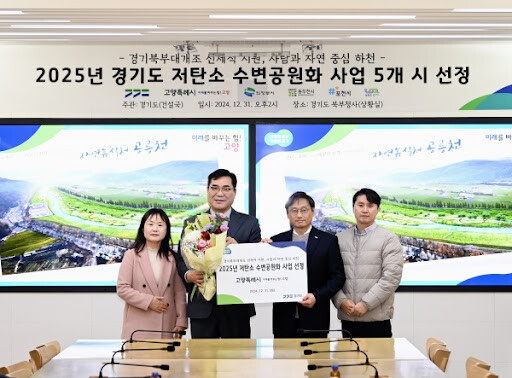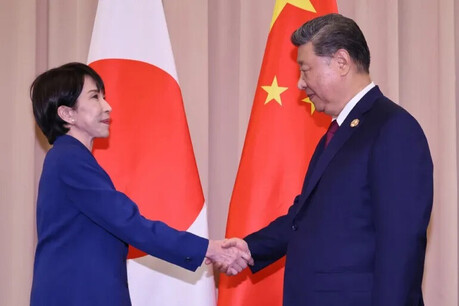
Gyeonggi-do, South Korea – The Gyeonggi Provincial Government announced on February 2nd that it has selected five cities for its low-carbon waterfront park project: Goyang, Uijeongbu, Dongducheon, Pocheon, and Namyangju.
As part of the larger Gyeonggibukbu Grand Redevelopment Project, the initiative aims to transform rivers, traditionally managed primarily for flood control, into spaces where residents can relax and enjoy nature. Each selected city will receive 4 billion KRW to develop their waterfront parks.
Specific Projects for Each City
Goyang: The city will construct a 2km-long waterfront park along Gongneungcheon River, featuring a bicycle path, a wetland, a botanical garden, and an observation deck.
Uijeongbu: Uijeongbu plans to create five rest areas along Buyeongcheon and Jungrangcheon Rivers, including a 1,000 square meter swimming pool, lighting installations, and a music garden.
Pocheon: The city will develop three waterfront parks along the middle section of Pocheoncheon River, featuring a circular plaza, a water playground, and a fragrant garden.
Dongducheon: To better serve residents and tourists who use Wangbang and Tapdong Valleys, Dongducheon will construct or renovate a 4km-long walking trail along Dongducheoncheon River.
Namyangju: The city plans to build a 1km-long walking trail along Saneungcheon River, connecting Dasan New Town to Wangsukcheon River and the Han River via a bicycle path.
The provincial government aims to complete these projects by December 2024.
"Instead of focusing solely on flood control, our goal is to create spaces where people can walk, relax, and stay by the river," said Oh Hu-seok, Deputy Governor of Gyeonggi-do. "We hope to develop these areas into tourist attractions to boost local economies."
Expanding on Existing Initiatives
In October of the previous year, Gyeonggi-do launched a project to develop RE100 parks on reclaimed land. The province selected Anseong, Yangpyeong, Gapyeong, and Paju for this initiative, aiming to provide renewable energy to vulnerable energy consumers.
[Copyright (c) Global Economic Times. All Rights Reserved.]





























